The adoption of Electronic Remittance Advice (ERA) marks a significant shift towards digital efficiency in medical billing. Understanding ERA’s role and its impact compared to traditional Explanation of Benefits (EOB) is crucial for medical practices aiming to streamline their billing processes and enhance revenue cycle management.
What is ERA in Medical Billing?
ERA, or Electronic Remittance Advice, is a HIPAA-compliant electronic document that has transformed the traditional EOB approach in medical billing. An ERA provides detailed insights into a patient’s medical claims, including paid and denied claims, adjusted amounts owed, and final claim status. This level of detail is pivotal for healthcare providers, as it offers mandatory payment information, unlike EOBs that generally outline how an insurance company processed a claim.
Benefits of ERA Over Traditional EOB
Time-Saving Measures
ERAs are generated electronically and can be seamlessly integrated into healthcare providers’ systems, reducing the need for manual labor in the payment posting process. This integration not only saves time but also reduces the risk of human error, a common issue in manual EOB processing.
Enhanced Accuracy and Efficiency
By facilitating automatic posting of payment details, ERA eliminates manual entry, drastically reducing the likelihood of human error. This automation ensures that each transaction is recorded precisely, providing healthcare providers with real-time updates on payments. The comprehensive and detailed nature of ERA means that payment information is always up-to-date and accurate, streamlining the entire billing process. Medical practices can enjoy a more efficient and error-free billing system, ensuring prompt and accurate payment processing, all through a better form of electronic communication.
Streamlined Payment and Denial Management
With ERAs, healthcare providers can efficiently manage both payments and denials. The ability to group all of a patient’s claims into one digital communication streamlines the billing process, keeps billing records up-to-date, and facilitates faster payment collections. This efficiency is particularly beneficial in managing the accounts receivable, ensuring that the healthcare provider has an accurate and current understanding of their financial status.
Improved Cash Flow and Patient Experience
The combination of ERAs with Electronic Funds Transfer (EFT) significantly enhances cash flow by eliminating the delays common with paper-based EOBs and payments. Patients receive clear, timely information about their financial responsibilities, leading to quicker payments and improved financial health for the practice. This improvement not only benefits the practice’s bottom line but also enhances the patient’s experience by providing clear, concise billing information.
Cuts Costs
Implementing Electronic Remittance Advice (ERAs) in medical billing is a powerful strategy for cutting administrative costs within a healthcare practice. By transitioning from paper Explanation of Benefits (EOBs) to ERAs, practices can significantly reduce the expenses associated with paper processing and storage. ERAs eliminate the need to manually handle and file voluminous paper documents. This not only makes it faster to process and reconcile payments but also reduces the labor and resources traditionally devoted to manual billing tasks.
Digital Security and Reporting
The use of ERAs and EFTs offers a secure, digital alternative to paper-based billing methods. This digital approach provides robust cybersecurity measures, protecting both the practice and its patients from potential security breaches in the payment process. Additionally, the electronic nature of ERAs often includes reporting and analytics tools that can streamline medical billing and collections. These tools allow healthcare providers to review data on patient payment behaviors, offering insights to improve the organization’s overall performance.
Key Differences Between ERAs and EOBs
While ERAs and EOBs are related to healthcare claims, they serve distinct purposes and target different audiences. ERAs, primarily sent to healthcare providers, provide in-depth information about payment and adjustments of claims. In contrast, EOBs, which can be in electronic or paper form, are sent from insurance companies to patients, offering more general information about how claims were processed. This difference highlights the more detailed and provider-focused nature of ERAs compared to the patient-oriented EOBs.
Implementing ERA in Your Medical Billing Process
To benefit from ERAs, healthcare providers must enroll with insurance companies. Outsourcing to a medical billing company can make this process easier for you. This enrollment ensures a smooth flow of electronic information between the clearinghouse, billing software, and the provider’s system. By adopting ERAs, healthcare practices can harness the advantages of electronic communication, leading to more streamlined and efficient billing processes.
Conclusion
Adopting ERA in medical billing is more than just a technological upgrade; it’s a strategic decision that can significantly enhance a healthcare practice’s efficiency, accuracy, and financial health. By understanding and embracing the benefits of ERAs, healthcare providers can streamline their billing processes, improve patient satisfaction, and ensure a more robust and responsive revenue cycle management system.
At Billing Service Quotes, we specialize in connecting healthcare providers with top medical billing companies. Our service simplifies the process of finding the right partner, ensuring that your practice’s billing needs are met efficiently and effectively. If you’re considering outsourcing your medical billing services, start by filling out our form to receive free quotes from leading medical billing companies, tailored to your practice’s needs. Make the strategic decision to streamline your billing process today.




